High blood pressure, known as the "silent killer", is becoming a worrying health problem in Vietnam.
Medical news on February 8: About 25% of adults have high blood pressure
High blood pressure, known as the "silent killer", is becoming a worrying health problem in Vietnam.
1/4 of adults have high blood pressure
According to experts, the rate of people with high blood pressure in Vietnamese adults is currently up to 25%, equivalent to 3 out of 10 people having high blood pressure.
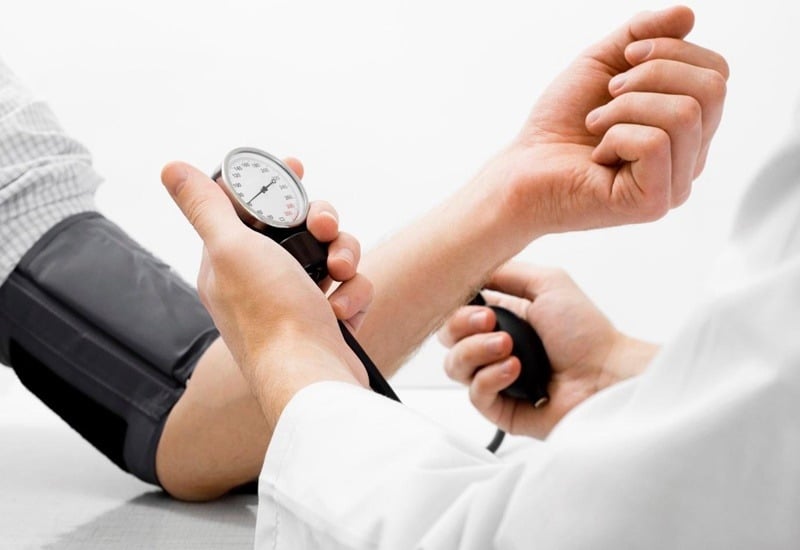 |
| Illustration photo. |
The danger of this disease is even more noticeable when the incidence of the disease tends to increase, creating an alarming situation. What is even more dangerous is that high blood pressure often has no obvious symptoms, causing many people to only discover it when the disease has progressed and caused serious complications.
Associate Professor, Dr. Nguyen Thi Thu Hoai, Director of the National Heart Institute, Bach Mai Hospital, said that high blood pressure is diagnosed when systolic blood pressure reaches 140 mmHg or higher or diastolic blood pressure is 90 mmHg or higher.
However, to get accurate results, blood pressure measurements need to be taken in quiet conditions, when the patient is relaxed. In some cases, the doctor may request the use of continuous blood pressure monitoring devices, such as 24-hour blood pressure Holter, for more accurate diagnosis.
High blood pressure often has no specific signs, but in some cases, people may experience certain symptoms. For example, they may feel headaches, especially in the morning, in the occipital or frontal region.
In addition, feelings of dizziness, lightheadedness, ringing in the ears, hearing loss, and a feeling of heaviness in the head are also notable signs. Patients may also experience rapid heartbeat, palpitations, nervousness, or shortness of breath, especially during exertion or while lying down. Other signs may include facial flushing, hot flashes, nosebleeds (although rare), or blurred or reduced vision.
If not detected and treated promptly, high blood pressure can lead to many dangerous complications. These complications can affect many organs in the body.
In the heart, high blood pressure can cause heart failure, acute pulmonary edema, coronary artery disease, or arrhythmias. In the aorta, the disease can lead to aortic dissection and aortic aneurysm.
In the brain, high blood pressure can cause stroke, cerebral infarction, cerebral hemorrhage, carotid atherosclerosis, or cerebral aneurysm. High blood pressure is also a major cause of kidney damage, chronic kidney failure, and can affect vision, leading to blindness if left untreated. Another dangerous complication is peripheral atherosclerosis, which damages the arteries of the lower and upper limbs.
In addition, these complications can appear quickly and become life-threatening if not detected promptly. Some emergency situations such as acute heart failure, acute pulmonary edema, and aortic dissection are serious complications that can be life-threatening.
One of the common problems in diagnosing high blood pressure is the condition called "White Coat Hypertension". This is a phenomenon in which a patient's blood pressure when measured in a hospital or clinic may increase due to stress when seeing a doctor, but when measured at home or using continuous blood pressure monitoring devices, it is completely normal.
To accurately determine this condition, the doctor may ask the patient to monitor blood pressure at home or use a 24-hour blood pressure Holter. In addition, there is a case of "masked hypertension," when the patient actually has high blood pressure, even damage to the target organ, but when measured at the clinic, it is not detected.
In these situations, continuous blood pressure monitoring is essential for accurate and timely diagnosis. Using a 24-hour blood pressure Holter device helps doctors accurately assess the patient's blood pressure status over a long period of time, thereby providing appropriate treatment options.
Warning of the risk of gastroenteritis caused by adenovirus in children
A 14-month-old child in Hanoi was diagnosed with gastroenteritis caused by Adenovirus infection after showing symptoms such as vomiting and diarrhea lasting more than a week.
Despite being treated at a clinic near home, the child's condition did not improve. The family decided to take the child to Medlatec Tay Ho General Clinic to find out the exact cause and receive timely treatment.
After testing and abdominal ultrasound, the results showed that the child was positive for Adenovirus. The child's intestinal loops showed increased peristalsis and fluid content, which confirmed the diagnosis of gastroenteritis due to Adenovirus infection. The doctor prescribed outpatient treatment and asked the family to comply with the follow-up schedule.
Adenovirus is a common cause of intestinal illness, especially in children under 5 years of age. Research shows that almost all children will have an Adenovirus infection at least once before the age of 10. It is worth noting that Adenovirus can appear all year round, not seasonally like many other viruses, and is especially prevalent during the changing seasons.
According to Dr. Tran Thi Kim Ngoc, a pediatrician at Medlatec Tay Ho General Clinic, Adenovirus is spread through the respiratory tract (droplets) and has an incubation period of 8-12 days. The disease often manifests as high fever, cough, wheezing, sometimes accompanied by conjunctivitis, digestive disorders, or difficulty breathing if symptoms are severe.
In addition to respiratory symptoms, Adenovirus can also cause diseases such as upper respiratory tract infections, bronchitis, conjunctivitis (pink eye), and especially digestive problems such as nausea, vomiting, and prolonged diarrhea.
Although many cases of adenovirus infection do not cause serious complications, children, especially infants or children with weakened immune systems, are still at risk of facing dangerous complications such as pneumonia, respiratory failure, sepsis, or even death.
MSc. Tran Thi Kim Ngoc warns that complications caused by Adenovirus can become very serious if not detected and treated promptly.
Among the serious complications that can occur, bronchiolitis obliterans, interstitial pneumonia, bronchiectasis, and multiple organ failure are conditions that require special attention. These complications not only threaten the child's health but can also lead to death if not intervened promptly.
Parents need to be especially vigilant when their children show the following signs so that they can promptly take them to a medical facility: Prolonged high fever that does not respond to antipyretics. Difficulty breathing, rapid breathing, or signs of severe respiratory distress. Children under 3 months of age or with a weak immune system.
Conjunctivitis, eye pain, or vision problems. Vomiting, persistent diarrhea, or signs of dehydration such as dry mouth, fatigue, less urination, or fewer wet diapers.
The doctor will conduct examinations and tests to accurately diagnose the child's condition and provide appropriate treatment options. In severe cases, the doctor will advise on hospitalization for inpatient treatment.
After 5 days of treatment, NMA's health has stabilized, no more vomiting and diarrhea. The child eats and sleeps well and shows no signs of discomfort. This is a good result thanks to the timely detection and treatment of gastroenteritis caused by Adenovirus.
Through this case, the doctor recommends that parents should not be subjective with mild symptoms in children, especially when the child has signs of prolonged vomiting and diarrhea. Timely detection and treatment of diseases caused by Adenovirus is very important to protect the child's health, avoiding dangerous complications that may occur.
Hanoi Health Department guides health protection measures in cold season
Faced with the prolonged cold weather, the Hanoi Department of Health has sent Official Dispatch No. 471/SYT-NVY to hospitals, Centers for Disease Control, Medical Centers of districts, towns and cities in the area, requesting to strengthen guidance for people on health protection measures during the cold season.
According to the Ministry of Health's Cold Season Health Care Guide, common health problems people encounter during the cold season include: colds, asthma, sore throat, pneumonia, chronic obstructive pulmonary disease, flu, stroke, carbon monoxide poisoning from heating, cooking and other problems. These problems mainly come from prolonged exposure to cold environments or sudden changes in temperature.
People at high risk of getting sick during the cold season include: the elderly, children, pregnant women, people who work outdoors or in cold, windy environments, lack of sunlight, and people with chronic diseases such as high blood pressure, asthma, cardiovascular disease, musculoskeletal system, etc.
To cope with the above situation, the Hanoi Department of Health requires units to disseminate the Cold Season Health Care Guide for the community and workers to medical staff at all levels, especially at the grassroots level, to propagate and advise people in the area.
Units also need to coordinate with local news agencies and newspapers to organize communication and disseminate health care measures during the cold season through many appropriate and effective forms.
The Hanoi Department of Health also pays special attention to preventive measures for each specific subject, including preventing CO (carbon monoxide) poisoning in the home and ensuring safety when using heating devices. At the same time, people need to pay attention to their body's manifestations to detect early signs of abnormalities.
Medical facilities in Hanoi are required to review and ensure adequate emergency medicine, adequate hospital beds and equipment to promptly handle emergency cases. At the same time, these facilities must also ensure cold protection for patients and their families during the examination and treatment process.
The City Center for Disease Control will be the focal point, monitoring, inspecting and urging units in the process of implementing health protection measures during the cold season.
From these guidelines, the Hanoi Department of Health hopes to help the community raise awareness and protect their health against the effects of harsh weather during the cold season.
Source: https://baodautu.vn/tin-moi-y-te-ngay-82-khoang-25-nguoi-truong-thanh-bi-tang-huet-ap-d244816.html





![[Photo] National Assembly Chairman Tran Thanh Man attends the Policy Forum on Science, Technology, Innovation and Digital Transformation](https://vstatic.vietnam.vn/vietnam/resource/IMAGE/2025/4/13/c0aec4d2b3ee45adb4c2a769796be1fd)

![[Photo] Prime Minister Pham Minh Chinh chairs the Government's special meeting on law-making in April](https://vstatic.vietnam.vn/vietnam/resource/IMAGE/2025/4/13/8b2071d47adc4c22ac3a9534d12ddc17)





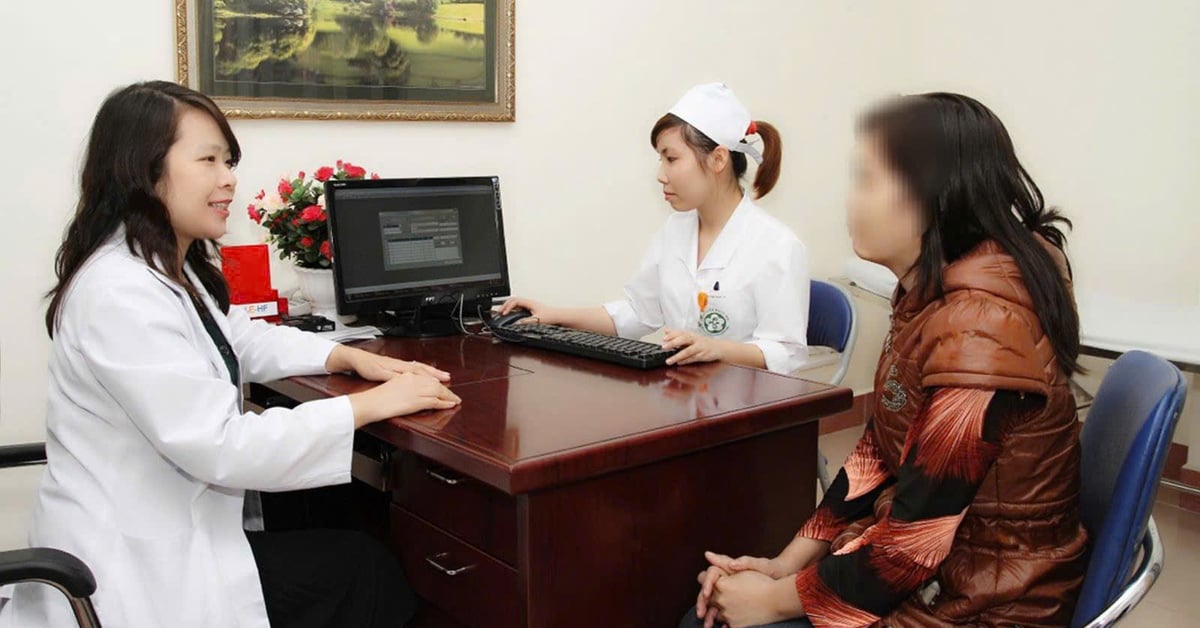



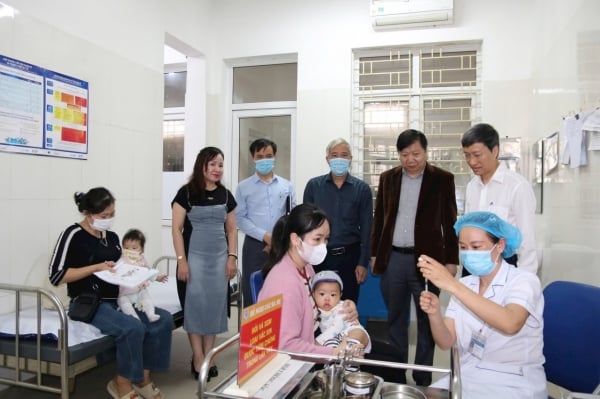
![[Photo] Free health check-up for policy families in Cu Chi district](https://vstatic.vietnam.vn/vietnam/resource/IMAGE/2025/4/13/d2abdd768f84432aac3cc82cb6b58fa8)

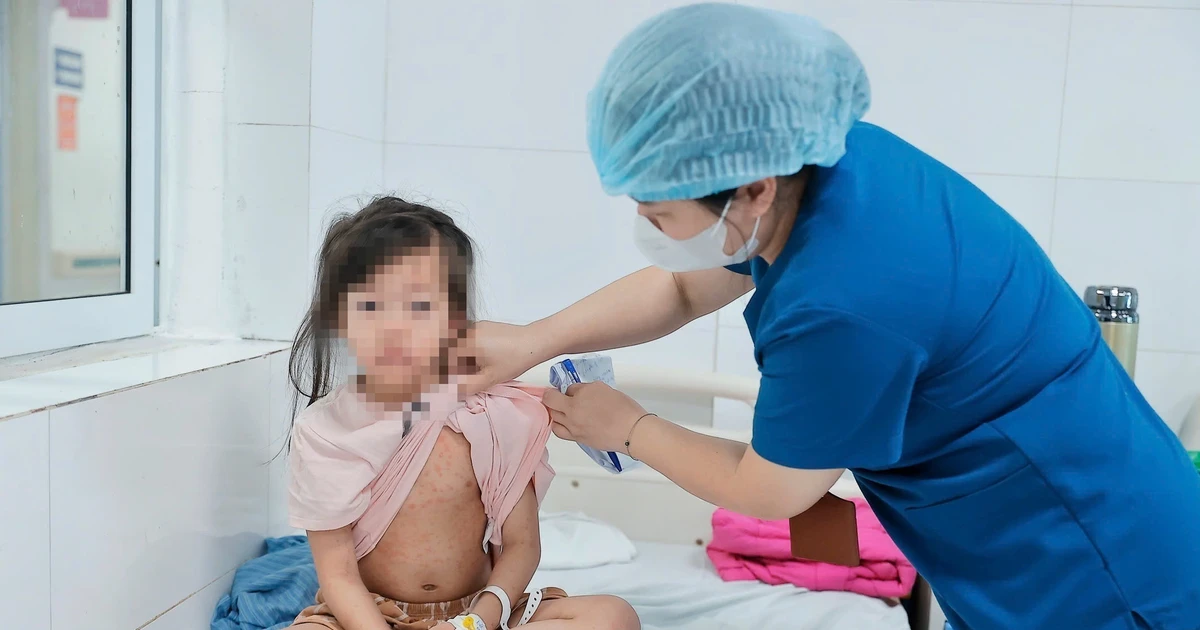






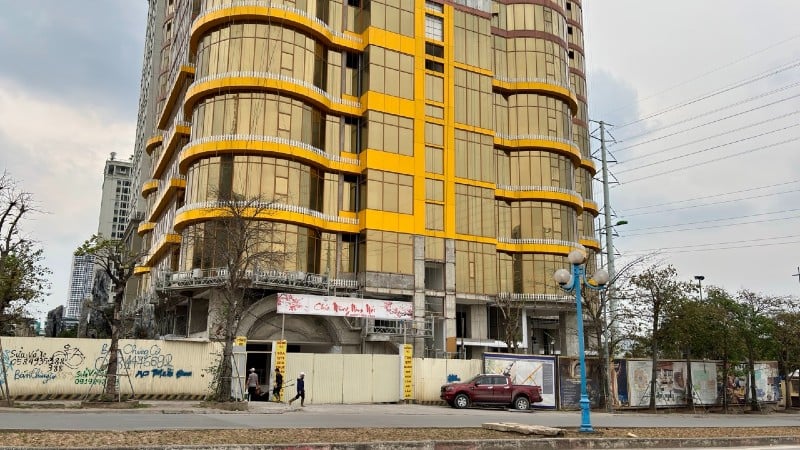




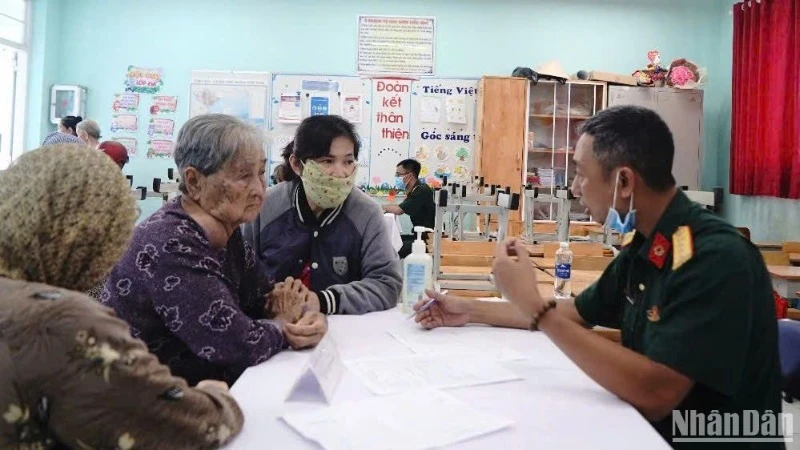












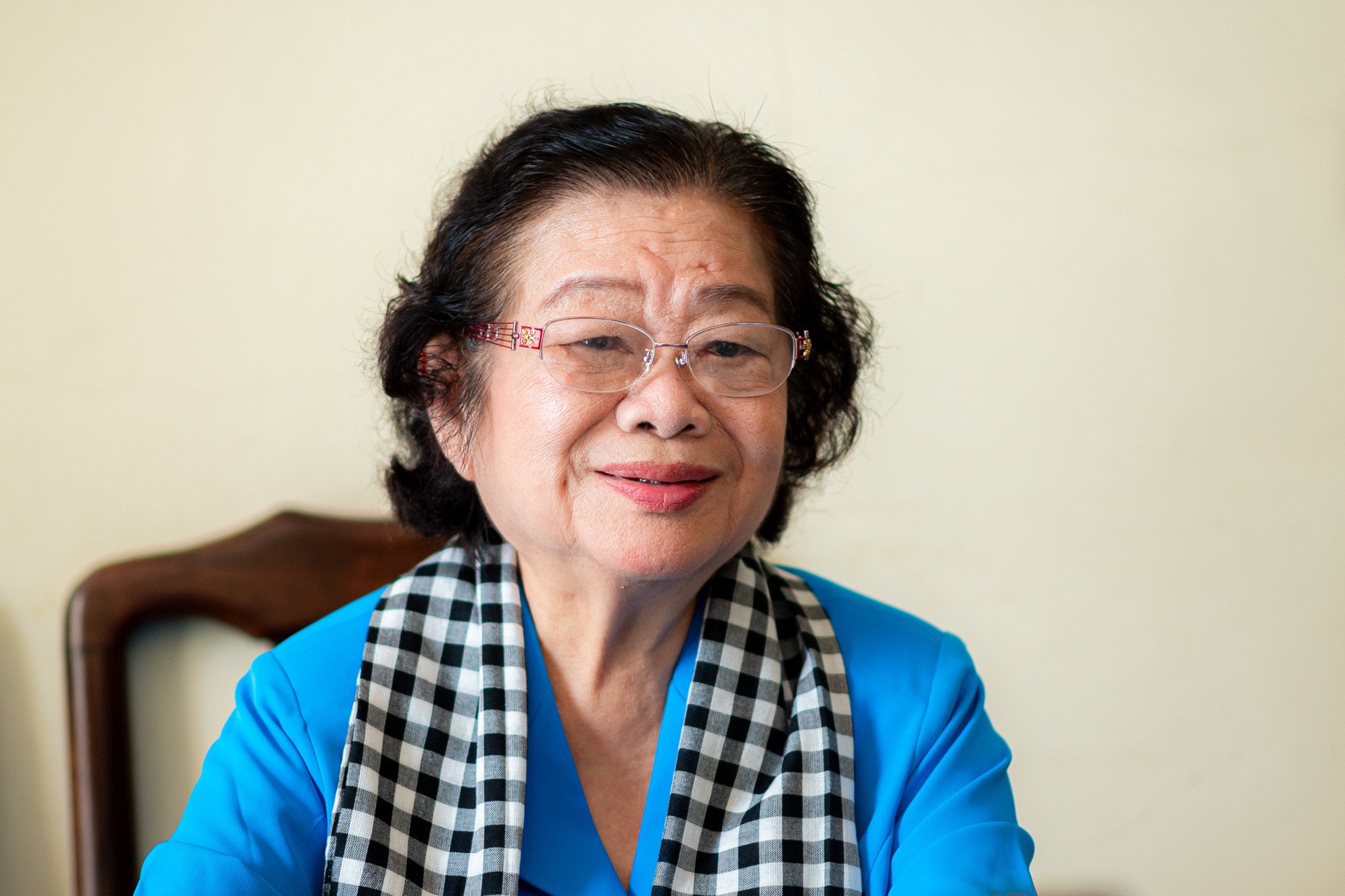



















































Comment (0)